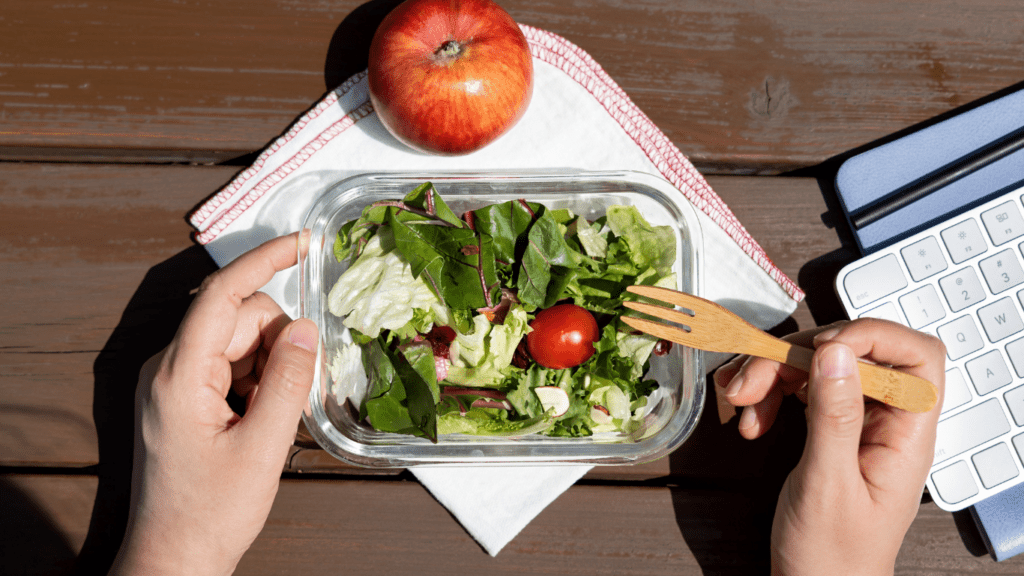A well-balanced diet fuels everything from a child’s energy levels to brain development. Still, knowing where to begin can overwhelm today’s parents. That’s why the nutrition guide fparentips offers a simplified, clear blueprint for building better eating habits in families. From toddler tantrums over vegetables to the confusing landscape of food labels, this guide breaks it down in practical terms most parents can use right away.
Why Nutrition Guidance Matters for Families
Good nutrition during childhood leads to fewer illnesses, stronger immune systems, and better emotional regulation. These benefits stretch well into adulthood. But with busy schedules, picky eaters, and a flood of dietary misinformation online, many families are left guessing. A practical reference, like the nutrition guide fparentips, equips parents with bite-sized, science-backed advice to cut through the noise.
More than just a list of “eat this, not that,” it helps parents shift away from food policing and toward sustainable habits. There’s real benefit in teaching children why they eat what they eat—and letting them experiment under guidance rather than strict control.
Breaking Down the Basics: What Every Parent Should Know
Nutrition for kids revolves around a few core principles:
- Balance: Every meal should ideally include a mix of protein, fat, and carbohydrates.
- Colors Matter: A variety of fruits and vegetables ensures broad nutrient coverage.
- Hydration Comes First: Water should be the default drink — not juice or soda.
- Portion Size Awareness: Children don’t need adult-sized servings. Small, frequent meals often work best.
The nutrition guide fparentips presents these points with real-world examples and no fluff—so parents know what to do and why. The goal isn’t perfection; it’s progress. A plate doesn’t have to look like Pinterest to be healthy.
Navigating the Grocery Store, Label by Label
Shopping is where many of us fall short—not from lack of effort, but from being confused. Terms like “natural,” “organic,” or “low-fat” can be misleading if you don’t understand how food labeling works. Sugar hides under dozens of names. Fats are more complex than just “good” or “bad.”
The guide’s labeling section is a standout. It decodes common traps and marketing tricks, helping families make informed buys. Things like:
- What “whole grain” really means.
- The sugar threshold to watch for in cereals.
- Which snack bars actually hold nutritional value.
By learning to scan a label the right way, it becomes much easier to stand your ground in the snack aisle.
Feeding Strategies for Picky Eaters
This is where reality hits. Most children—at some point—go through a picky phase. Some skip entire food groups. Others go on weeks where only white foods (think rice, pasta, and dairy) are acceptable.
Instead of forcing or nagging, the nutrition guide fparentips promotes low-pressure approaches:
- Keep introducing the same food in small portions, even if rejected previously.
- Offer choices — Not “Do you want broccoli?” but “Would you like broccoli or carrots?”
- Model eating well, since kids mirror adult behavior.
A big part of the strategy focuses on avoiding food shaming. When kids associate eating with stress, they dig their heels in deeper. Patience and variety typically win over force and repetition.
Planning Meals Without Burnout
Between school, work, and extracurriculars, many parents feel like short-order cooks. Planning nutritious meals shouldn’t mean spending hours every week building Pinterest boards or testing gourmet recipes.
The guide suggests templates instead of rigid plans. For example:
- One protein + two veggies + a grain
- Leftover-based stir-fry nights
- DIY build-your-own bowls or tacos with veggie toppings
This flexible meal-building approach means fewer arguments, less waste, and more control for kids within boundaries set by you.
Batch prepping, using the freezer smartly, and working with “bridge meals” (foods you cook once and use across multiple dishes) also take stress off the table.
The Role of Snacks and Treats
Most guides skip over this topic or treat snacks and sweets like taboo. Not here. The nutrition guide fparentips tackles it directly. It encourages using snacks as a structured part of the day, not just as rewards or distractions.
Healthy snack options go well beyond hummus and apple slices. Think:
- Air-popped popcorn with light seasoning
- Roasted chickpeas
- Nut-butters on whole grain toast
- Greek yogurt with fruit and a sprinkle of granola
Sweets, on the other hand, shouldn’t be forbidden. Instead, they’re folded into lifestyle balance. Kids need to learn how to moderate indulgence, not live in fear of it or binge at every chance.
Nutrition by Age: What Changes as Kids Grow
A toddler’s needs differ drastically from a teenager’s. The nutrition guide fparentips breaks it down by age range:
- Toddlers (1–3 years): Introduce texture variety. Prioritize iron and healthy fats.
- Preschool (4–5 years): Establish mealtime structure. Keep portions small.
- School-Age (6–12 years): Boost calcium, bring in simple meal prep involvement.
- Adolescents (13+): Address increased caloric needs, muscle development, and social food contexts.
By approaching each stage with unique strategies, parents can stay responsive instead of reactive as their child grows.
Empowering Kids to Make Their Own Choices
Ultimately, families do best when nutrition isn’t dictated top-down but taught collaboratively. The long game is building kids who understand what food does for their body and can choose well even when they’re not under your roof.
This means letting them:
- Read labels with you.
- Help prep meals.
- Pick meals for the week.
- Reflect on how different foods make them feel.
These simple decisions lay the foundation for lifelong healthy eating habits.
Final Thoughts
Nutrition isn’t about perfection—it’s about consistency, patience, and adaptability. Whether you’re just starting out or adjusting your family’s eating habits midstream, the nutrition guide fparentips gives parents practical tools with zero guilt.
Food culture, family stress, and misinformation make good nutrition harder than it should be. A guide built for modern parents—realistic, efficient, and results-oriented—makes a massive difference. And that difference starts one meal, one bite, one smoother grocery trip at a time.



